Manual Strapping vs. Automatic Strapping Machine: Productivity Differences to Consider
Business owners constantly choose the cheapest but most functional option to manage overhead costs. In the path of scaling a business, the hardest decisions to achieve savings and efficiency are often found between sticking to manual strapping and upgrading to automatic strapping machines.
The decision-making process around equipment purchase can be overwhelming, and a bit of introspection by comparing the productivity of both options helps. Often, business owners find themselves in the mix of microdecisions regarding productivity goals, budget, efficiency, and preparation for the future.
Manual Strapping vs. Automatic Strapping Machine: What to Check
Several factors come into play to see the whole picture of a business. You need to find an opening where purchasing new equipment becomes the best solution for increased efficiency to reduce cost.
#1 Downtimes

Operational delays in the strapping process are a significant concern that can impact productivity and customer fulfilment. These delays are often influenced by factors such as the skill level of the staff, unforeseen circumstances, workload, and the physical demands of the task.
Two types of downtime can both cause financial losses for small and medium enterprises. The only difference is that one costs more.
Let’s take a closer look.
Unplanned downtimes
The following lists are categorised as unplanned downtimes and are considered costly because every second that it occurs comes with costs. Utilities and staff hours run without any output, and the longer the downtime, the more expensive the overhead costs become.
- Overworked employees during a seasonal spike in demand may produce poor-quality output. Such situations can also lead to spontaneous accidents that can disrupt production.
- Unforeseen events like calamities and other issues are also costly downtimes that scare most business owners.
- Machine problems, packaging defects and loosely strapped parcels, especially when dealing with third-party logistics (3PL), can exacerbate these delays.
Planned downtime
This type of downtime happens when assets, whether staff, product, or equipment, are pulled out and cause minimal financial impact to the business. All planned downtimes must occur since it is crucial to the continuity of the production. These include:
- Workers need breaks during the planned downtime since it’s mandatory to give them some breathing space to meet production quotas. Overtime may also be part of the production adjustment to compensate for meeting demand.
- Equipment preventive maintenance and repair are scheduled to prevent more significant issues in the production line.
- Team building activities for the workers and other company events are also part of the downtimes.
Inventory days are a crucial part of the operations that may cause temporary downtime or reduced production targets.
The best way to minimise costs during downtime is to measure and implement predictive and preventive measures to help business owners gain some sense of control over the situation.
Automation is one possible option for predictive resolution management that can be considered when all else fails or does not improve recurring issues in production.
One of the best automation approaches business owners can learn from is the Toyota Production System (TPS), coined by Taiichi Ohno. It follows two pillar philosophies, which create the perfect blend of human and machine touch. These include Jidoka, or “automation with a human touch” and just-in-time production.
Machines designed for automatic strapping significantly minimise downtimes by:
- Eliminating the need for planned downtimes like frequent breaks and ensuring continuous operation.
- The consistent and predictable output simplifies material allocation, reduces waste and enhances overall productivity.
- The ease of automated strapping operation means that staff with minimal training can use these machines, which addresses issues related to understaffing and further minimises the risks of injuries and other hazards associated with the strapping process.
This cohesive approach to understanding downtimes in strapping processes reveals that while human factors can introduce variability and delays, the integration of automated solutions offers a pathway to greater efficiency and consistent output.
#2 Manufacturing wastes
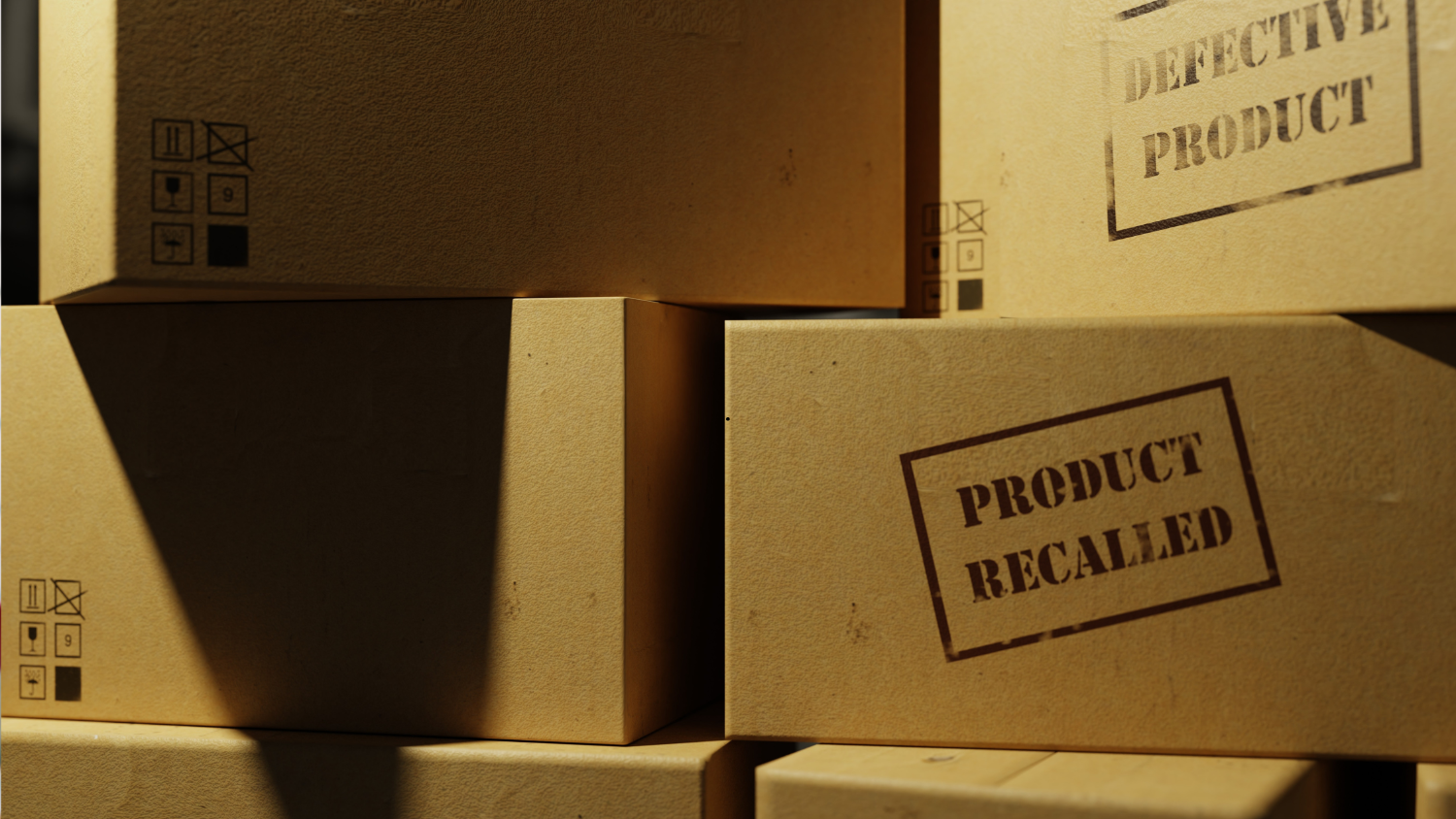
Material waste is a frequent challenge in strapping processes. They often stem from strap failures and the need for rework due to damaged parcels. These issues are further compounded by defects caused by poor quality control, inadequate machine maintenance, and inaccurate inventory management.
Overproduction, unstable production schedules, and excessive processing are additional factors that contribute to waste, making it a significant cost burden. For such inefficiencies, advanced strapping technology optimises material usage by:
- Consistency: Ensuring calculated and consistent strapping minimises errors and reduces excess material use.
- Uniformity and quality: The uniform tensioning of straps in automated processes allows for consistent production, which enables managers to monitor the output per roll of strap accurately.
- Predictability: Managed expectations in packaging expenses, coupled with the reduced risk of returns and defects due to clean and consistent output, lead to significant cost savings.
Product waste savings are realised through reduced staffing needs, better material use forecasting, increased production speed, and a decrease in defects caused by human error.
#3 Speed
The peak strength of automation lies in its speed and precision. In retrospect, the speed of strappin impacts the quality of packaging output. Speed often clashes with quality, while quality work usually eats a lot of time.
A manual handheld strapping machine can typically produce 20 to 30 parcels per hour, while automatic strapping machines can strap around 60 parcels per minute. This disparity in speed is particularly crucial during peak seasons and demand surges.
On a small scale, the impact of manual strapping doesn’t cause any issues. Its limitations become evident in high-volume operations where the differences in product sizes and the time-consuming nature of manually strapping heavy-duty products significantly slow down the process.
With automated strapping machines, workers only need two steps to get the job done: placing the parcel on the sensor and stepping on the foot pedal. This kind of ease not only speeds up operations but also ensures consistent and uniform output quality. It also reduces the chances of returns and enhances overall productivity.
#4 Scalability
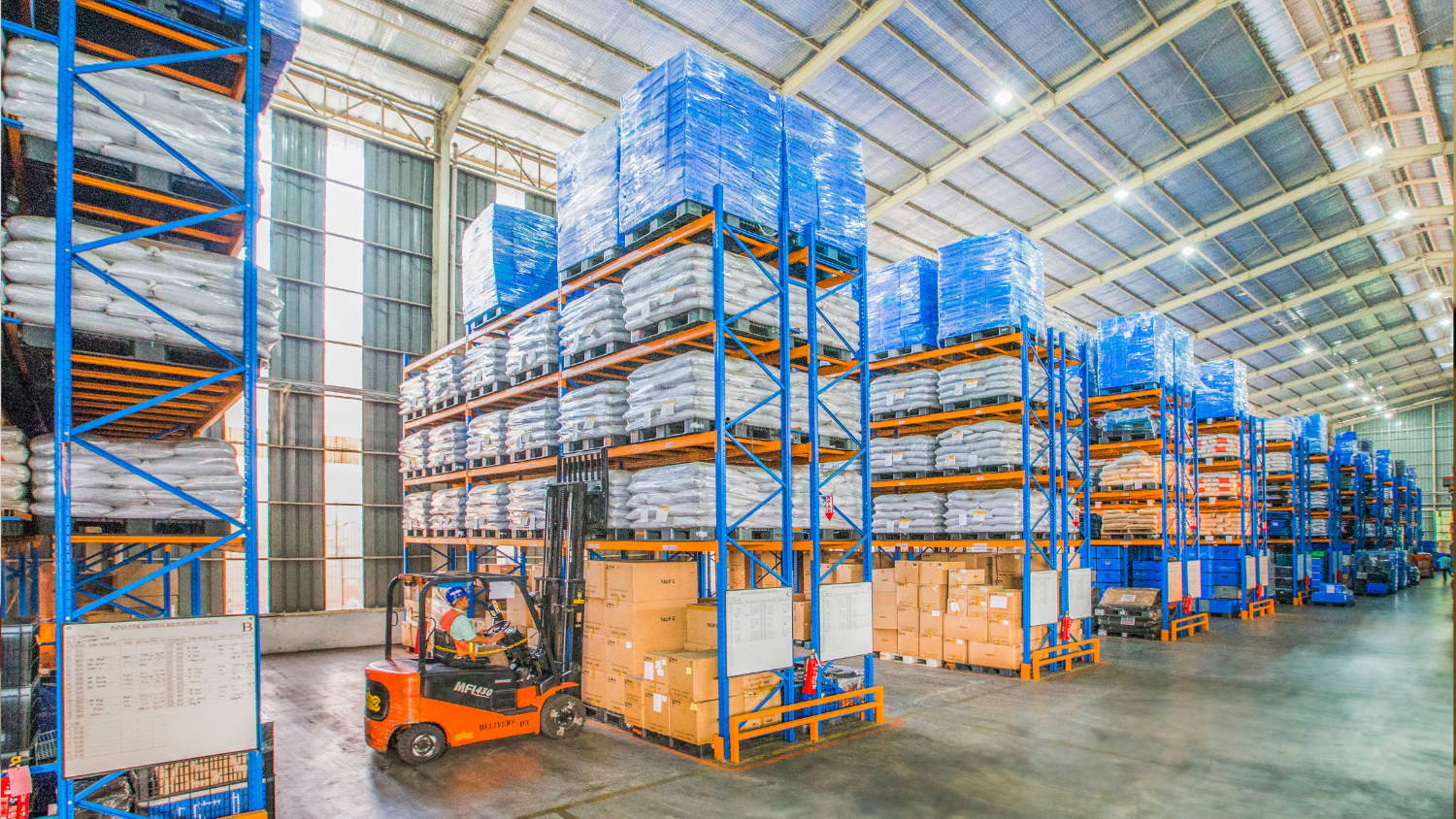
Scalability is a critical factor for businesses looking to grow. The burden of manual processes, with its limited workload capacity, often leads to challenges and the need to hire additional staff to keep up with increased demand. This can be a source of stress and strain on the business.
Hiring more staff to keep up with demand can get expensive and complicated. It’s not just about finding the right people but also training them, offering benefits, and dealing with inevitable human mistakes.
On the other hand, automatic strapping machines offer a scalable solution by significantly increasing or doubling production rates compared to manual strapping. Here is an overview of its impact on the operations:
- Automating packaging and strapping processes reduces downtime and is easier to operate, requiring less physical effort and a shorter learning curve.
- Automation also offers doubled speed, consistent output, and ease of work for workers.
- It meets demand surges without compromising on quality or efficiency.
These efficiencies allow businesses to scale operations without extensive staffing and addresses the challenges of meeting increased demand while keeping operational costs in check.
#5 Product variability
.png)
The quality of strapping could be hard to gauge due to the varying levels of effort required for parcels of different weights. Heavier parcels demand more effort, leading to over-tightening and potential damage to the goods inside.
Additionally, strapping parcels of varying sizes can result in inconsistent production rates, affecting the operation's overall efficiency. Automated strapping machines address these issues by providing uniform and consistent strapping quality across all parcels.
Since they are designed to handle a specific range of parcel sizes at a consistent speed, strapping machines ensure that:
- The strapping process is reliable and secure.
- Consistency in output helps enhance product security during transit.
- In the long run, this consistency reduces waste and boosts business efficiency.
The consistency and versatility of automated processes not only lead to fewer customer complaints and returns but also indirectly contribute to a better brand image and higher customer satisfaction.
Gain more insights on strapping equipment with IndustrySearch
The best equipment investments are those that will speed up the process, increase efficiency to boost income, give business owners a sense of control over the process, and provide ease for workers.
It pays to carefully study the pros and cons of investing in an automatic strapping machine by considering the budget or cash flow, its impact on operations and all the dependencies required to adapt new tech into your system.
Options like automating the process but opting for used machinery is one cost-effective solution many business owners look into.
At IndustrySearch, we support business owners in making educated decisions by collectively partnering with verified industrial suppliers. To save time and ease the process of sourcing new or used equipment, you can easily get a quote based on your specific business needs here.
Work smart and save time in finding the best automatic strapping machines in Australia verified by experts.




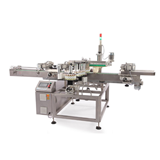
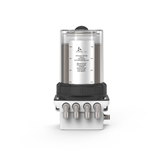
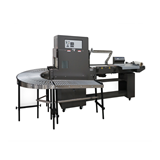
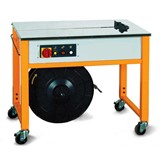
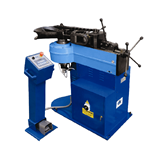
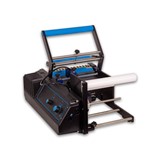

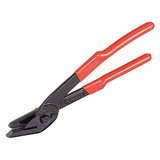
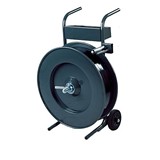
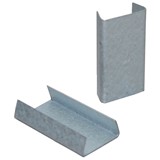
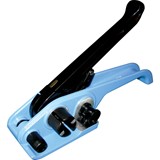
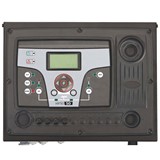
-205x205.png)
